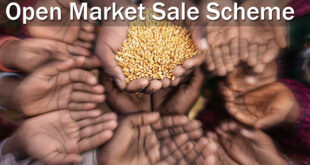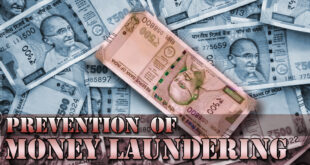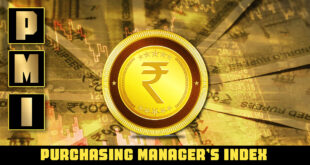External developments need to be watched, though. Oil prices and exchange rate volatility can sting beyond endurance
Those with a long memory must be consumed by a sense of deja vu over developments in the past few weeks. In many ways, the present turbulent times are reminiscent of what happened in 2013. The rupee was in a tailspin. Oil prices were booming at over $110 a barrel, exerting upward pressure on domestic retail prices of petroleum products. The current account deficit was in dangerous territory at 4.8% and the country was headed for general elections in a just a few months.
It is almost a repeat now even if some of the macro numbers are not as dramatically negative as they were then.
These are without doubt challenging times but the picture is not as dismal as it was in 2013. And that’s because of three major factors.
First and most important, growth is on the ascendant. The economy seems to have shrugged off the twin shocks from the note ban and introduction of the GST. Admittedly, the 8.1% GDP growth in the first quarter of this fiscal was amplified by the lower base in the same period last year when manufacturers slowed down ahead of the introduction of GST. But there is no mistaking the strong underlying growth impulse supported by a return of consumer spending.
The biggest risks are external and how they will play out domestically. The combined impact of elevated oil prices and a weak rupee can cause serious damage to the economy. The pass-through of higher fuel prices is sure to push up retail inflation; the impact may be seen as early as in the August print expected tomorrow. This could prompt the RBI to front load its second rate hike for this fiscal as early as in October.
Private consumption spending, which rose to 8.6% in the first quarter of this fiscal giving a boost to overall growth might well suffer a reverse as consumers pull back from the twin shocks of rising fuel prices and higher interest rates. This will have adverse consequences for GDP growth especially given that private investment is still to fully recover.
Second, the RBI may have let the rupee fall until now but indications are a further fall will be defended, which means a drain on forex reserves. The Centre may also be forced to step in and cut taxes on fuels with obvious implications for the fisc. Finally, there is no saying what one Donald Trump would do next. The tariff war that he has set off has thrown challenges for India as well.
In sum, these are piquant times indeed for the economy.
Source : https://www.thehindu.com/todays-paper/tp-business/deja-vu-but-things-seem-better-than-in-2013/article24911610.ece
Check Also
Purchasing Managers’ Index: The Economic Health Indicator
TABLE OF CONTENTS News Concept Calculation Components of PMI PMI Releases News: Business activity in …
 Chinmaya IAS Academy – Current Affairs Chinmaya IAS Academy – Current Affairs
Chinmaya IAS Academy – Current Affairs Chinmaya IAS Academy – Current Affairs



